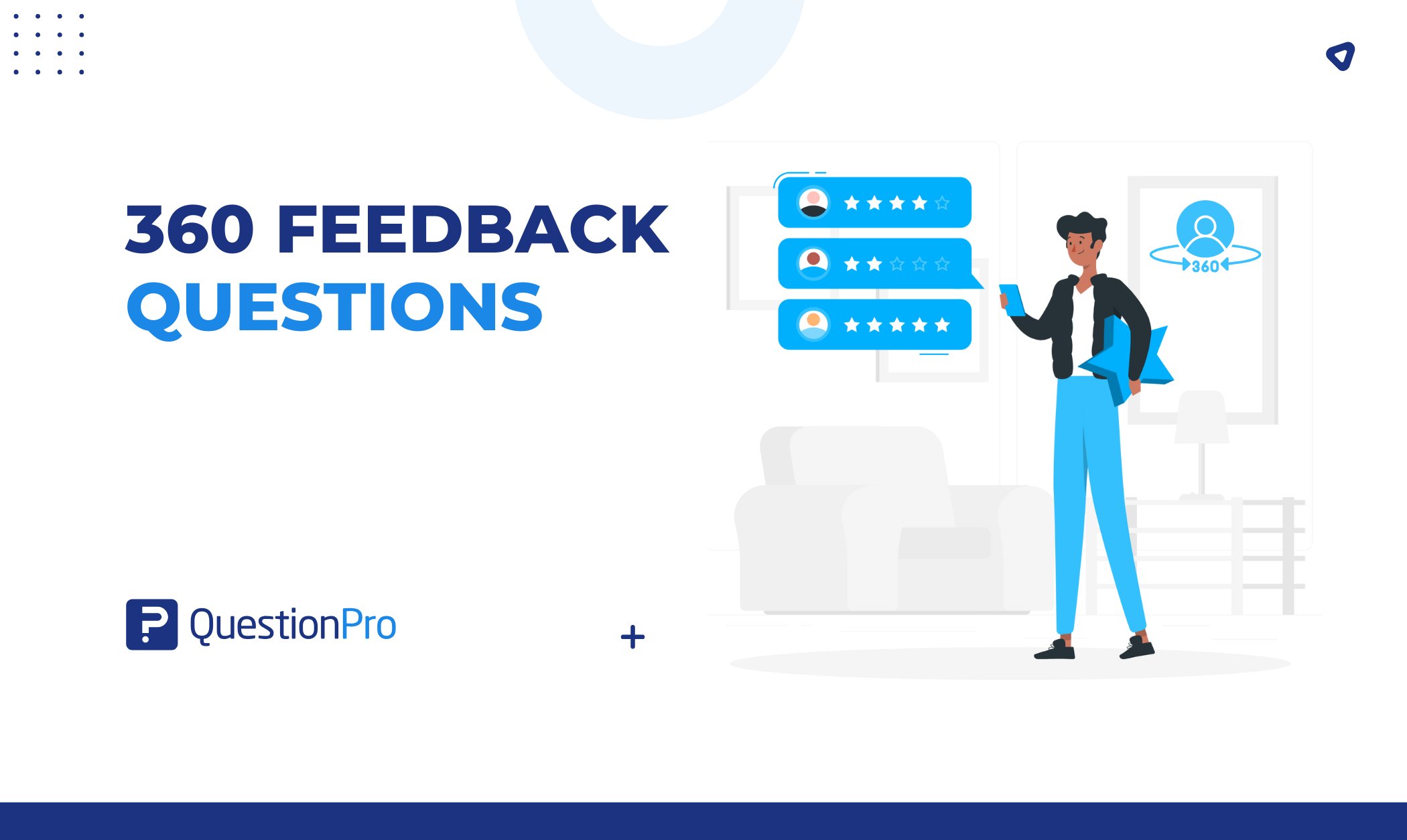
Since their first wave of popularity in the 1970s, employee surveys have become sophisticated instruments that provide accurate, timely feedback about worker morale. The tools and software have evolved – and now the questions we ask in these employee benefits surveys need to evolve, too.
The standard practice in almost all organizational surveys is to rely on what my daughter, Dr. Kelly Goldsmith, calls passive questions – questions that describe a static condition. “Do you have clear goals?” is an example of a passive question. It’s passive because it can cause people to think of what is being done to them, rather than what they are doing.
Kelly, who has a Ph.D. from Yale in Behavioral Marketing and teaches at Northwestern’s Kellogg School of Management, gave me some great insight into one of the eternal mysteries in my field, namely, the poor return from American companies’ $10-billion investment in training programs to boost employee engagement.
The problem, my daughter explained, is that despite the massive spending on employee training, companies may end up doing things that stifle rather than promote engagement.
When people are asked passive questions they almost invariably provide “environmental” answers. Thus, if an employee answers “no” when asked, “Do you have clear goals?” the reasons are attributed to external factors such as “My manager can’t make up his mind” or “The company changes strategy every month.” The employee seldom looks within to take responsibility, and say, “It’s my fault.”
The result, argued Kelly, is that when companies take the natural next step and ask for positive suggestions about making changes, the employees’ answers once again focus exclusively on the environment, not the individual. “Managers need to be trained in goal setting” or “Our executives need to be more effective in communicating our vision” are typical responses. The company is essentially asking, “What are we doing wrong?” – and the employees are more than willing to oblige with a laundry list of the company’s mistakes.
There is nothing inherently evil or bad about passive questions. They can be a very useful tool for helping companies know what they can do to improve. On the other hand, they can produce a very negative unintended consequence. When asked exclusively, passive questions can be the natural enemy of taking personal responsibility and demonstrating accountability. They can give people the unearned permission to pass the buck to anyone and anything but themselves.
Active questions are the alternative to passive questions. There’s a difference between “Do you have clear goals?” and “Did you do your best to set clear goals?” The former is trying to determine the employee’s state of mind, the latter challenges the employee to describe or defend a personal course of action. Kelly was pointing out that passive questions were almost always being asked while active questions were being ignored.
This was such a breakthrough for me that I initiated a controlled study with Kelly to test the effectiveness of employee engagement survey questions while undergoing employee training. The theory was that different phrasing of the follow-up questions would have a measurable effect because active questions focus respondents on what they can do to make a positive difference in the world rather than what the world can do to make a positive difference for them. (JFK must have known this when he crafted one of the more memorable calls to action in American history: “Ask not what your country can do for you, ask what you can do for your country.”)
Learn more: employee engagement survey examples
In the first study, we used three different groups. The first group was a control group that received no training and was asked “before and after” questions on happiness, meaning, building positive relationships, and engagement.
The second group went to a two-hour training session about “engaging yourself” at work and home. This training was followed up every day (for ten working days) with passive questions:
- How happy were you today?
- How meaningful was your day?
- How positive were your relationships with people?
- How engaged were you?
The third group went to the same two-hour training session. Their training was followed up every day (for ten working days) with active questions:
- Did you do your best to be happy?
- Did you do your best to find meaning?
- Did you do your best to build positive relationships with people?
- Did you do your best to be fully engaged?
At the end of two weeks, each of the three groups were asked to rate themselves on increased happiness, meaning, positive relationships, and engagement.
The results were amazingly consistent. The control group showed little change (as control groups are wont to do). The passive questions group reported positive improvement in all four areas. The active questions group doubled that improvement on every item! Active questions were twice as effective at delivering training’s desired benefits to employees. While any follow-up was shown as superior to no follow-up, A simple tweak in the language of follow-up – focusing on what the individual can control – not cannot control – made a significant difference.







